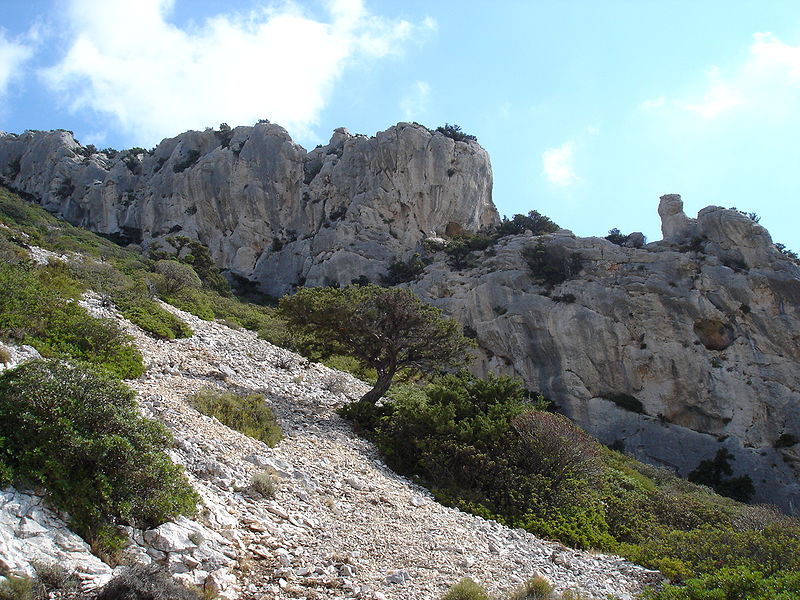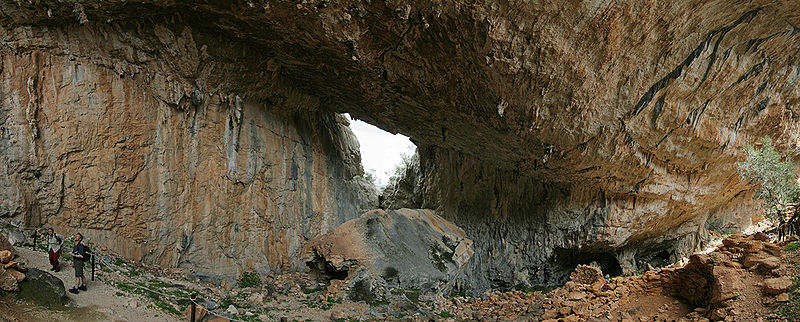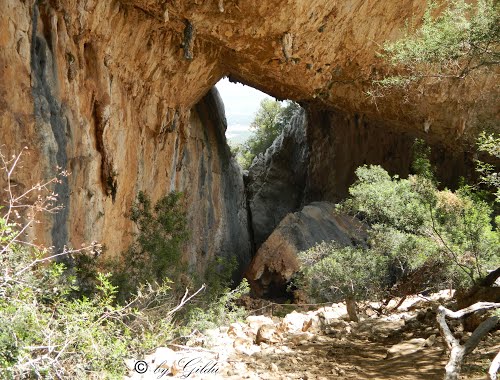
Nuragic Village of Tiscali
This post is also available in:
 Italiano (Italian)
Italiano (Italian)
What remains of the village of Tiscali, built during the Nuragic Age (XV / XIV – IX / VIII century B.C.) can be found inside a karstic sinkhole, created by tectonic sinking on the top of Mount Tiscali (in Supramonte di Oliena). The original settlement was thoroughly renovated during the Roman Age (II/I century B.C.).
The village is built entirely along the walls of the sinkhole and is visible only from inside the natural cavity, through a large opening in the rock cliff. The area includes two clusters of huts with different plans, sizes and functions, for a total of about 40 “buildings”. In the first agglomeration, the circular huts probably stood on artificial terraces.
The second village has rectangular or quadrangular structures, with the alleged function of warehouses for provisions and animal shelters. The huts in the village of Tiscali were built with limestone bound with clay.
Unlike other Nuragic huts, which still retain stone architraves, those of Tiscali were made with juniper and terebinth wood. Originally, the huts were supposedly covered with wooden beams and have a conical shape like that of traditional shepherd huts.
Some Nuragic ceramics were found in the village, decorated with circles (from IX and VIII century B.C.) or dating back to the Roman age. It is certain that the site was inhabited for a long time, as evidenced by several other findings dating back to the Middle Ages.
An ancient grove of holm oaks (Quercus ilex) and mastic tree (Pistacia lentiscus) encircles the whole ancient village.
This post is also available in:
 Italiano (Italian)
Italiano (Italian)


